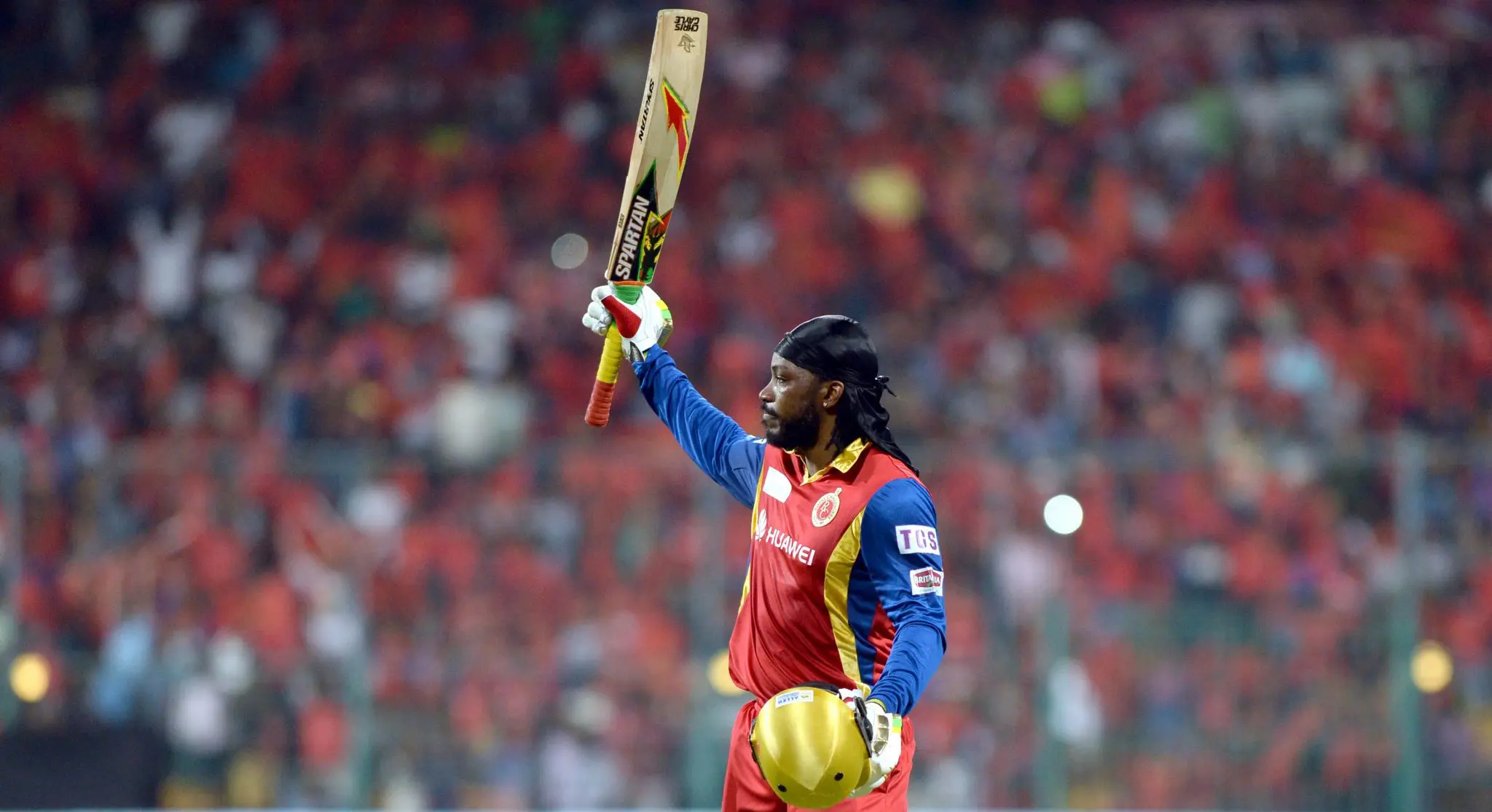Flat track in cricket is a term that metaphorically denotes a playing surface devoid of any undulations or irregularities. This characteristic makes the pitch more predictable, enabling batsmen to anticipate ball behavior with greater certainty.
In this article, we will explore the defining features of a flat track and its impact on the game dynamics. Additionally, strategies for both batting and bowling on such tracks will be discussed, providing valuable insights for players seeking to optimize their performance in these conditions.
- A flat track in cricket is characterized by even and consistent bounce, making the ball movement predictable.
- Matches played on flat tracks tend to favor batsmen, as it becomes difficult for bowlers to contain runs and take wickets.
- Effective strategies for batting on a flat track include employing different strokes, playing straight and along the ground, exploiting gaps in the field, and being patient for loose deliveries.
- Strategies for bowling on a flat track include using spin bowling as a crucial tactic, focusing on turn due to lack of lateral movement, varying pace to disrupt batsmen's timing, and using slower deliveries to deceive batsmen.
Characteristics of a Flat Track
One of the characteristics of a flat track in cricket is its even and consistent bounce, which allows for predictable movement off the pitch.
Pitch conditions play a crucial role in determining the nature of a match, as they can significantly impact gameplay and strategy.
On a flat track, batsmen have favorable run-scoring opportunities due to the true bounce and lack of excessive turn or seam movement.
The consistent bounce ensures that the ball comes onto the bat nicely, allowing batsmen to play their shots with confidence. This provides them with ample scoring opportunities through well-timed strokes and boundaries.
Additionally, on a flat track, bowlers find it difficult to generate significant assistance from the pitch. They may struggle to extract extra bounce or lateral movement, making it easier for batsmen to defend or attack deliveries with precision.
Consequently, a flat track often results in high-scoring matches where both teams have an equal chance of posting big totals.
The impact on the game is profound when matches are played on flat tracks. Batsmen tend to dominate proceedings while bowlers face an uphill battle trying to contain runs and take wickets.
It becomes crucial for teams to devise effective strategies that maximize their run-scoring potential while also finding ways to restrict opposition batting line-ups effectively.
Impact on the Game
The impact of the condition of the playing surface on cricket matches has been extensively studied and analyzed. One key aspect affected by pitch conditions is batting techniques.
The state of the pitch can significantly influence how a batsman approaches their innings, requiring them to adapt their strategies accordingly.
On a flat track, where the playing surface offers little movement or variation in bounce, batsmen have an advantage as it becomes easier to predict the trajectory of the ball.
This allows them to play more freely and execute shots with confidence. Batting on a flat track often requires patience and discipline, as runs can be accumulated steadily without taking unnecessary risks.
Pitch conditions also affect shot selection. On a flat track, there is less assistance for bowlers in terms of swing or spin, making it important for batsmen to choose their shots wisely and find gaps in the field placements.
Transitioning into strategies for batting on a flat track, understanding how to capitalize on the favorable conditions becomes crucial for batsmen.
By employing different strokes and maintaining good footwork, they can exploit gaps in the field and accumulate runs consistently without taking undue risks or losing wickets unnecessarily.
Strategies for Batting on a Flat Track
Strategies for batting effectively on a pitch with minimal movement and predictable bounce require batsmen to employ various techniques and maintain sound footwork.
On a flat track, where the ball does not deviate much off the surface, batsmen can focus on playing shots without worrying about excessive movement or uneven bounce. To maximize scoring opportunities, batsmen need to adapt their batting techniques accordingly.
One key technique is to play straight and along the ground. On a flat track, there is less lateral movement for the bowler, making it easier for batsmen to play straight drives and flicks through mid-wicket. This allows them to find gaps in the field and accumulate runs consistently.
Footwork becomes crucial on a flat track as it helps in getting into good positions quickly. Batsmen should aim to get forward or back depending on the length of the delivery, ensuring they are well balanced while executing their shots. This enables them to have better control over their strokes and make precise contact with the ball.
Additionally, patience is essential when batting on a flat track. Since there may be fewer scoring opportunities due to limited movement or pace variation from the bowlers, batsmen must be willing to wait for loose deliveries before attempting aggressive shots.
In conclusion, strategies for batting on a flat track involve employing proper batting techniques such as playing straight and along the ground, maintaining sound footwork, and exercising patience when necessary.
These strategies enhance scoring opportunities by allowing batsmen to capitalize on their strengths while adapting to the conditions of minimal movement or predictable bounce.
Moving onto strategies for bowling on a flat track…
Strategies for Bowling on a Flat Track
Bowling effectively on a surface with minimal movement and predictable bounce requires bowlers to employ various tactics and consistently hit the right areas.
In order to succeed on a flat track, spin bowling becomes crucial. Spinners can exploit the lack of lateral movement by focusing on extracting turn from the pitch.
They can use their fingers and wrist positions to impart revolutions on the ball, causing it to deviate off its normal trajectory upon pitching.
The key for spinners is accuracy, as even small deviations in line and length can make a significant difference in terms of creating chances or restricting scoring opportunities.
Pace variations are another important aspect of bowling on a flat track. Seamers need to be able to vary their pace intelligently, using slower deliveries such as cutters or off-cutters to deceive batsmen who may be looking for more pace off the pitch.
This variation in speed can disrupt the timing and rhythm of batsmen, making it harder for them to score freely.
Decoding the Dynamics of Flat Tracks in Cricket: Conclusive Insights
Flat track in cricket refers to a pitch that offers little to no assistance to the bowlers, making it easier for batsmen to score runs. It is characterized by even bounce and minimal turn, which allows for predictable shot-making.
While flat tracks may result in high-scoring matches, they can often lead to dull and one-sided contests, limiting the excitement for fans.
Batting strategies on such tracks focus on building long innings, while bowling strategies involve maintaining line and length.
In conclusion, flat tracks may provide an advantage to batsmen but can lack the thrill and unpredictability that make cricket captivating.
Ironically, the predictability of a flat track might seem appealing at first glance as it promises high scores and easy batting conditions. However, this very predictability robs the game of its essence – the battle between bat and ball.
Without any challenge or variation in the pitch, matches become monotonous affairs where bowlers are reduced to mere cannon fodder. The absence of drama leaves spectators longing for an element of surprise that makes cricket truly captivating.
Frequently Asked Questions: Flat Track
How does the condition of the pitch affect the outcome of a match on a flat track?
The condition of the pitch on a flat track in cricket significantly affects the outcome of a match. It influences scoring strategies and can favor batsmen, resulting in high-scoring games with limited assistance for bowlers.
Are there any specific fielding strategies that teams employ on a flat track to restrict the scoring rate?
Fielding tactics on a flat track aim to restrict the scoring rate. Teams employ various strategies such as placing fielders strategically, setting attacking fields, using spinners to exploit any turn in the pitch, and employing close-in catchers to apply pressure on batsmen.
Can weather conditions like rain or dew have an impact on a flat track?
The effect of rain on a flat track can make the pitch damp and affect the bounce of the ball, making it harder for batsmen to score runs. Additionally, dew on a flat track can cause the ball to skid, making it challenging for bowlers to control their deliveries accurately.
Are there any techniques or skills that batsmen need to develop in order to be successful on a flat track?
In order to be successful on a flat track, batsmen need to develop skills such as shot selection, adaptability, and patience. Batting techniques like playing late, using the wrists effectively, and rotating strike are crucial for scoring runs consistently.
What are some common challenges that bowlers face when bowling on a flat track?
Common challenges that bowlers face on a flat track include the lack of assistance from the pitch, which makes it difficult to generate movement off the surface. This reduces their ability to deceive batsmen and increases the likelihood of being hit for boundaries.











